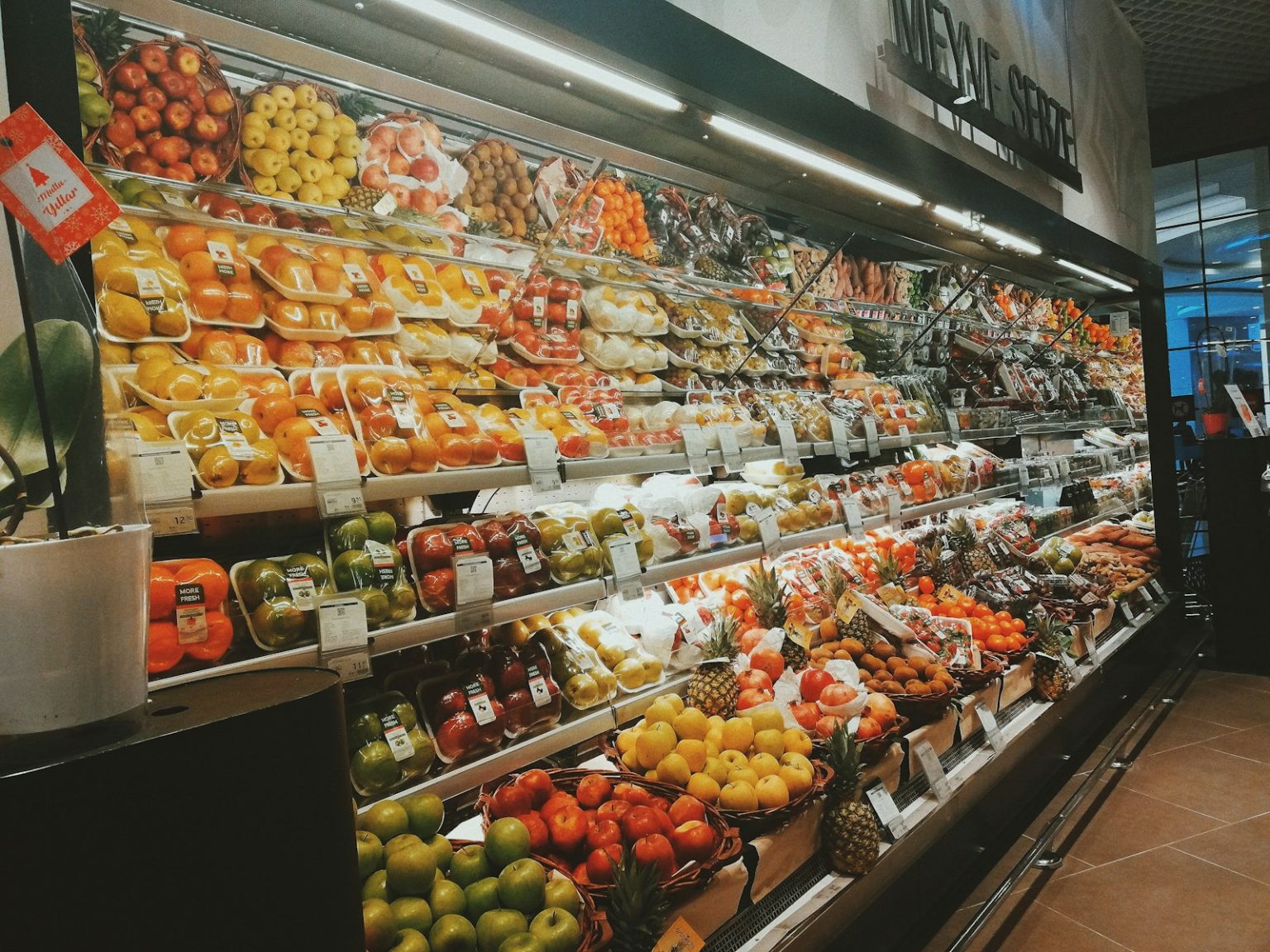Grocery prices have spiked 25% since 2019. Long Island families are rethinking how they shop, cook, and stretch every dollar amid rising food costs. Meal planning, coupon cutting, and other strategies are becoming essential.
Caitlin Self, a licensed nutritionist and popular food blogger, has had to update prices for old recipes. “I had one or two that were four times the cost now, which is such a shame,” she said. A recipe that cost $3.12 in 2015 now costs $12.95.
Another went from $3.95 to $9.91. Experts offer tips on how to save money:
1. Use your freezer for storing produce, meat, and bread.
2. Buy in season, buy frozen, and buy dry ingredients like fava beans or brown rice. 3.
Avoid brand-name and packaged snacks, which tend to be costlier. 4. Coupons can help, but ensure you’re not spending more on gas than you’re saving.
5. Keep simple recipes on hand with few ingredients. Eight in 10 Long Island residents reported that grocery costs are causing serious financial hardship each month.
A report by the state comptroller’s office revealed that food costs for downstate New Yorkers, including Long Islanders, totaled around $11,288 a year in 2022-23, exceeding the national average of $9,664.
Adapting to rising grocery prices
Stony Brook University economics professor Juan Carlos Conesa noted that “once you have high inflation, the price just stays high.
Even if inflation goes down, it only means that prices are not going up as fast as they used to. But it doesn’t mean prices are going down.”
The food price index increased 8.8% in 2022 from 2021, the highest growth in over 40 years. Eggs saw a 32.2% increase, while fats and oils rose 18.5%.
“Everybody is feeling it when they go to the grocery store,” said Salaam Bhatti, SNAP director at the nonprofit Food Research and Action Center. An additional 65,000 people sought assistance at Long Island food bank Long Island Cares in 2023-24, a 30% increase from the previous year. Nonprofits like Island Harvest have raised concerns about proposed federal budget cuts to SNAP, which helps low-income families buy groceries.
“People who receive SNAP benefits are often having to choose between rent, bills, and whether they’re going to get to eat that day,” Bhatti said. To save on groceries, experts recommend getting back to the kitchen and starting with the basics. Relying on takeout and preprepared food is costly.
“It sounds a little silly, but a lot of clients will say, ‘I don’t know how to cut a pineapple, so I buy the cut pineapple,'” said Eleana Kaidanian, a registered dietitian. Households should plan out meals and snacks ahead of time. Dani Spies, an eating psychologist and weight loss coach, suggested building two or three “core, go-to” recipes to use throughout the week.
Buying in bulk can also be cost-effective, though it’s important to manage quantities to avoid waste. Deborah Cohn, a professor of marketing at New York Institute of Technology, recommended planning meals in advance and buying just what is needed. “Make a spreadsheet on Sunday and decide everything you’re going to eat during the week,” she said.
Avoid “cabinet castaways” by taking inventory before grocery shopping and sticking to a list. Six shoppers at Long Island grocery stores shared their strategies for dealing with higher prices, from coupon cutting to buying only essentials. As food costs continue to rise, finding ways to save on groceries has become a priority for many Long Island families.







